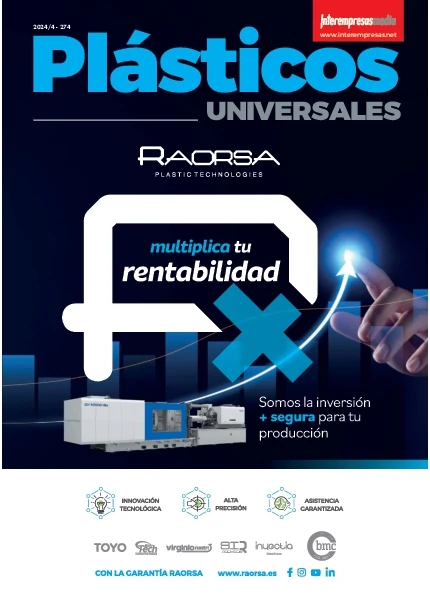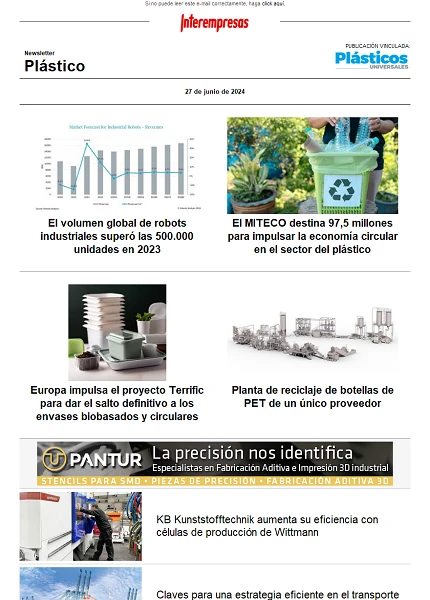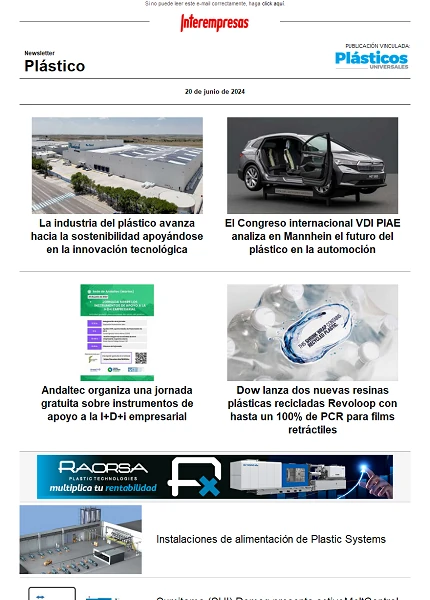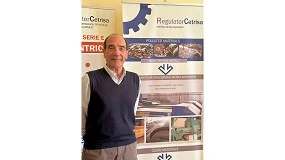Real-time production control
March 20, 2009
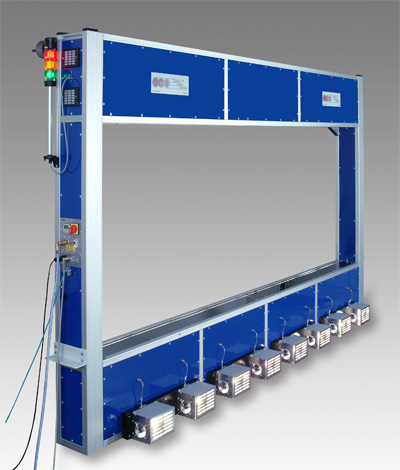
Inspection of quality films and sheets
At the end and after, without the integration of such a system, it is almost impossible to obtain objective information on the quality of the film made in real time. However, once it has decided to install a team of artificial vision, the question is always the same: where to deploy it?, what is the ideal place to put it?, does have to be installed in line with extrusion, in the process of lamination or before the Court and winding system?
Objectives of the system
The most modern technology is based on the use of CCD cameras for machine vision and high speed, from 80 to 120 MHz, and 2048, 4096, 8192, and 6144 pixels of resolution. This range allows to cover various extrusion speeds and different widths to inspect each line of extrusion.
Surface inspection systems used two different techniques to achieve their objectives: through the use of light transmission (for transparent and translucent films) or by the light of reflection (for opaque films). For those processors that process both types of materials in the same line of extrusion, the combination of both technologies (transmission and reflection) is also possible in a single system of inspection. It will detect all types of surface defects such as gels, insects, holes, black points, lines, rays, micro cracks, etc., will displayed them on the screen and automatically categorizes your depending on type and size. Depending on the configuration you want to set up, the system will alert the operator when it detects a defect in the type A that is greater than the size X, i.e., those defects that we consider critical. The team is fully configurable in this sense, so you can adjust to the needs of every extrusion line, for example, may be considered as alarm, detection of a single defect, or else the concentration of more than 10 gels of between 200 and 300 microns in one square metre of filmtelling the operator that the roll is out of specification. Very useful is the ability to detect deviations in the color or transparency of sheets or transparent and/or translucent films. All these data are stored as historical and can retrieve at any time, for example, in the event of a claim for a client. In addition, the team can print reports for quality of each of the coils.
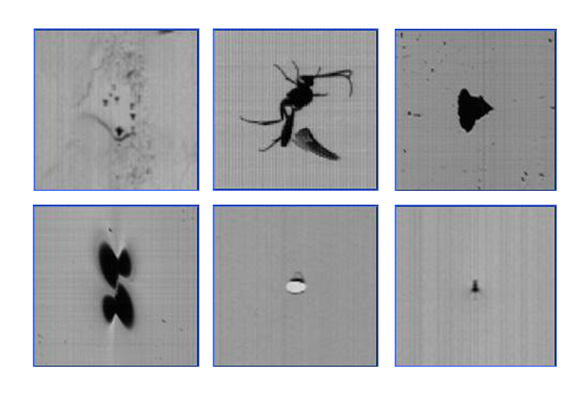
Possibilities of installation
If the film must be subsequently laminated or coated, it's worth considering the location of the inspection system somewhere in the forming station, that if you install in the extrusion line, the transformer will not have any information quality during the rolling process. Defects in coating, lamination flaws, external defects (an insect attracted to the static load of the film, for example) will not be subject to any kind of inspection. Contrary, if the system is installed in the process of laminating or coating, the manufacturer will know at all times the level of quality of coils.
Thirdly, there is the possibility of installing a system of inspection before the process of cutting and coiling, in general, the last stage of the process of transformation of films and foils. In this case, the final quality control will be 100%, because there is no subsequent manipulation or the possible emergence of new defects so. However, the direct control of the process will be more limited than if installed the system on the same line of extrusion, because that one cannot be too far from the stage where the defect originated.
It is usually the own transformer of the film or sheet, who, if any, is best known for its line of production and knows where accurate of a system of inspection of surface defects. If, for example, an optimization of the extrusion line, then the ideal location is in the same extrusion line, after the head. If instead, you need a control of 100% of the quality of the finished films, the system must be in the Court and winding section.
Cost of the system
Finally, we cite some examples of real installations in various applications, by way of illustrating the various possibilities of integration of a system of inspection of surface defects. First, talk of a line of extruded 'blown film'. In this case, the system was installed just before the winder, where monitorizaba the full width of the film, through the use of a light transmission. The desired resolution was about 200 or 300 micron. Apart from controlling extrusion unit (and diagnose, for example, when the header needs to be cleaned up), the system has the function of detecting gels that, from a critical size, may subsequently affect the process of rolling. The second example speaks a line 'cast film'. In this case, as there is no rotation of the bubble as in the lines of 'blown', the usefulness of the inspection system increases significantly, because thanks to your accurate information, it is much easier to locate defects in finished coil. Thirdly, we will try a line of extruded sheet for termoconformar. Especially in applications coextruded where there is a material that makes barrier layer, we will have to combine both technologies of transmission and reflection if we want to inspect both transparent sheets as you dull with one team. In this case, in addition to constantly monitor the extrusion process, is of vital importance detect all kinds of defects, gels and black spots of more than 500 microns in particular, to reduce the cycles of thermoforming and increase productivity.
Another example of the usefulness of a system of inspection are the lines of extrusion of optical quality polycarbonate sheet. Installed just after the calandra, inspection system view 100% of the sheet and alarm to the operator as soon happens any defects (bubbles, black spots, gels, etc.), allowing a rapid reaction and a minimum material wastage. A few meters further, waters below lies the sierra, cutting blade, already covered by a protection film. At this point, you can also connect an alarm, synchronous with the speed of the line, warns the operator that the blade is out of specification. At the same time, a good report is automatically printed to label the flawed plate. As the system is connected to the server of the company, both the head of production and the quality Department receive the report for its information and eventual analysis.




